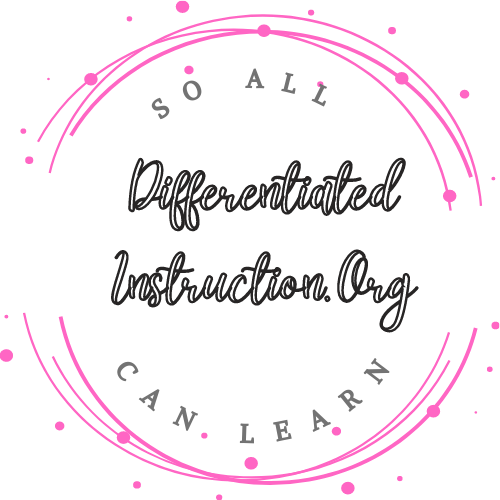
This is First Grade
When I started teaching, my mentor teacher hold me how scary First was. “First graders can’t read. They come in and they don’t know reading at all.”
She continued: “They come in with zip. You teach them from ground zero.” Recommendation? A lot of phonics and blending practice. But she acknowledged that some years go better than others, and some curriculums don’t seem to be covering all the bases.
First Grade for the Interventionist
I’ve seen this situation in my own class. Now, as an interventionist, they give me the students who can’t read … yet. This winter at my school we split the first grade into reading classes based on level. Now my students had begun, but not finished, the process of becoming readers. They had some phonics, some blending, and some whole word recognition. Faced with grade level text, reading broke down on word two or three.
In a few weeks, as I was teaching them, leading them through a choral read of the first grade reading text, which they can (to me, miraculously) now handle, with support from their classmates (sound clip) I have wondered what I did that helped them. My simple answer would be what my mentor teacher recommended: phonics and blending practice. I decided to map out the strategies I selected for this particular group, eighteen students who scored “red” on DIBELS at middle of the year (MOY).
Moving the Class Beyond “First Graders Can’t Read”
These are the steps.
Steps one to three are management
This may seem unimportant. It’s anything but. Engagement problems are a big reason that first graders can’t read.
- Assigned seating. First, before all else, students must pay attention during the reading lesson. My class meets on a carpet in front of a chair and computer projector screen. They have dots on the carpet with numbers. To give flexible seating, the dots can move from one number to another if needed. One student who disrupts often sits surrounded by quiet students who won’t interact with him.
- Get them to really pay attention. Part one, obtain set. We begin with a phonics song. I find them on YouTube (Jack Hartmann has a whole series) and they follow where we are on the sequence of phonics. Right now, the song is about consonant blends.
- Paying attention part two: The students receive stickers at the end of the lesson for getting three checks on a paying-attention points chart. Moreover, I arrange the points chart by their seating position so I can give points by looking at the class and checking those who are listening, going down the rows. And pretty soon all you have to do is say “points time” and get your checking marker out and the whole class will pay attention and sit straight. Generally, they all get a sticker. That’s the goal.
Steps four to six are phonics
Phonics and sight word activities take about twenty minutes a day. They are critical.
4. Systematic phonics instruction. They do phonics flash cards every day. They are doing card 22-67
in the Differentiated Instruction Phonics cards. I timed this exercise, and it takes only two to three minutes. I believe this review is critical. They focus and they get reinforcement to automaticity with letter sounds in English.
5. They do sight word cards and they do a phonics PowerPoint.
6. They practice word attack skills. We have a predetermined curriculum for this, and each day is a different lesson with different words. This is blending and decoding practice. I make sure I key the practice passage we’re going to read matches their level. Next we practice how to decode about thirty words per day, generally the hardest words in the passage and also those with unfamiliar spellings. I have the students read words individually after the group practice.
Steps Seven and Eight Are Fluency and Comprehension
There are only two steps in this part of the lesson. They are a long two steps. All together they take forty minutes.
7. Choral read of the textbook. I tap, they read. This by word reading of the text is, I believe, the student’s favorite part of the lesson. These students knew when I began working with them that other kids
could read and they couldn’t. Now, they are reading. It is true, their classmates are supporting them. On certain hard words, there are often only two kids whose voices I hear. But the others keep following and resume after the hard word. It’s amazing. In particular, what’s most amazing is their total engagement. These non-readers are now reading, and their joy is real. Their eyes are fixed on the books. Their fingers track the words as we read. You can no longer say of them: “First graders
can’t read.” They read now.
8. We do the reading comprehension workbook together. One student reads the question, and answers it, and I model writing the answer on doc cam, and they write it in. They get a smiley face when they are done. Then they go on their computers for Lexia practice. This computer practice is part of the District’s reading plan.
To sum up: that’s my list of routines for first graders who are still learning to read. It takes about an hour and ten minutes each day. It’s my favorite part of the reading day.

Pingback: 6 Ways to do an End of Year Teacher Reflection - Differentiated Instruction